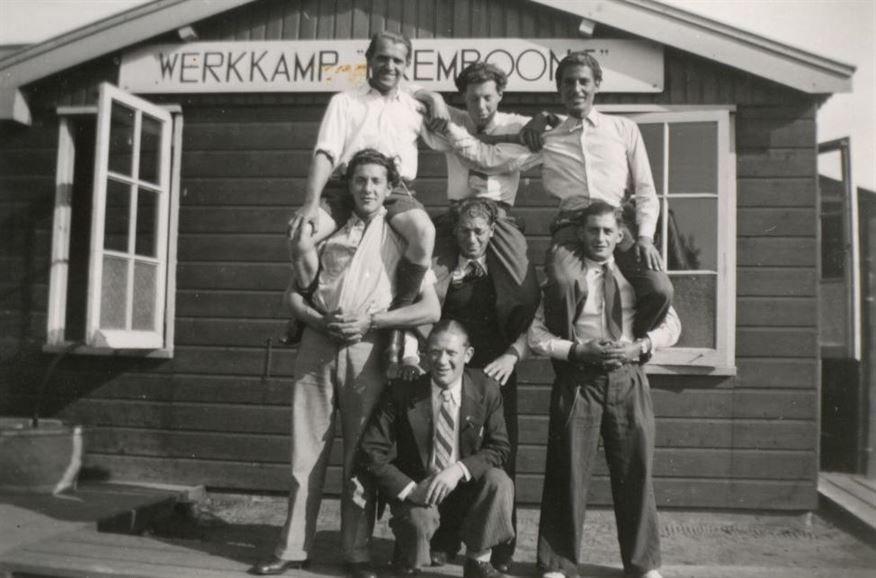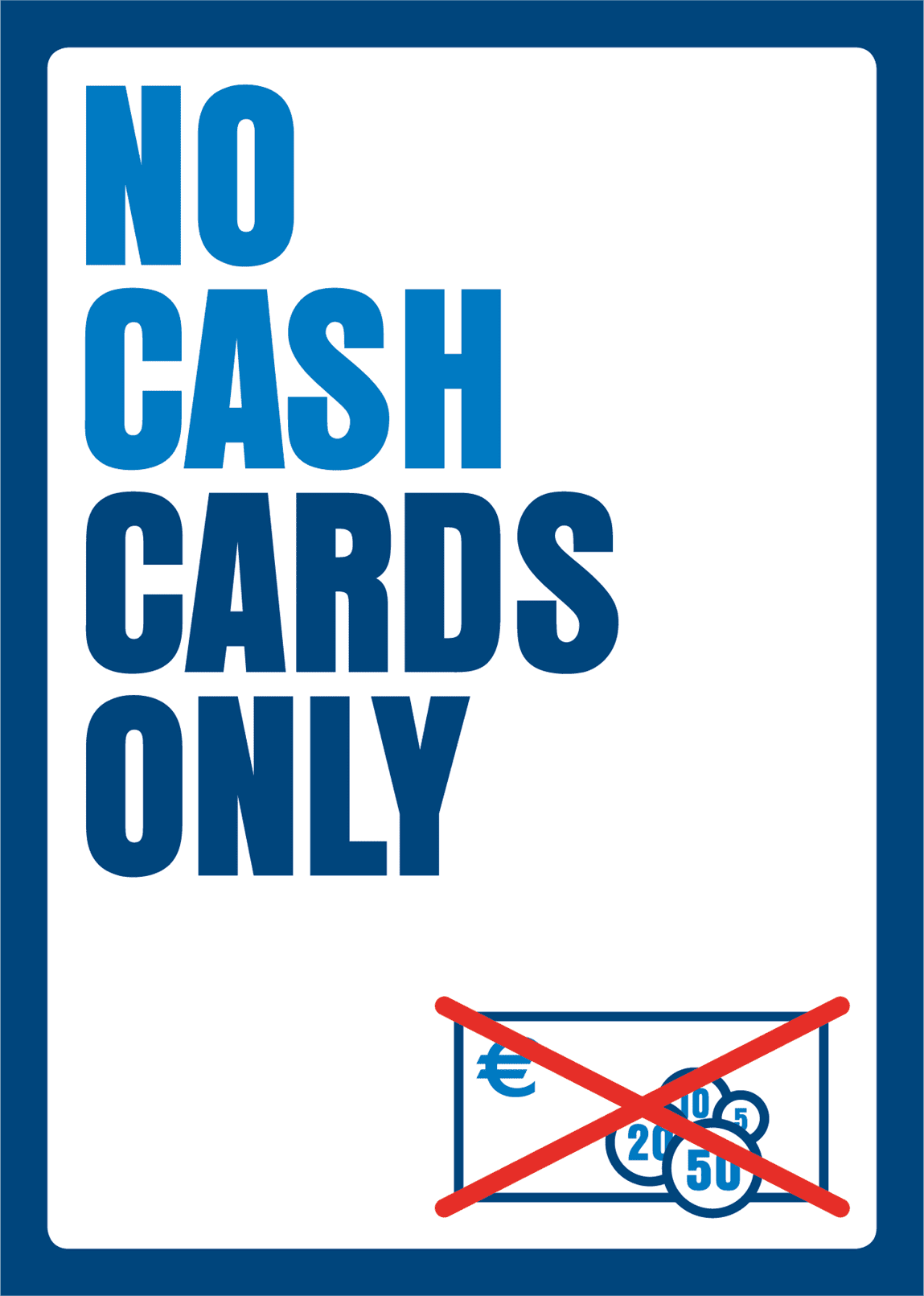Community
When arriving in the Netherlands, the Moluccans heard that they were let go from the army. For them, all they could do was wait for return. In the beginning in particular, they held on to military traditions: walking around in uniform, daily roll-call, and maintaining the hierarchy in ranks. Frustration and boredom struck quickly, however, also because the men were not allowed to do paid work. They were at home during the day, assisted in raising the family, or hung around in the cafetaria. Courses organized by the CAZ, the Commissioner of Care for the Ambonese (Commissariaat Ambonezenzorg), and illegal work for farmers in the surroundings provided some distraction and additional income.
Only after the introduction of self-management in 1956, more men got a steady job. Often they were away from home the entire day or night.
The women were used to following the men or adapting to every new situation. They found their new routines quickly. Housekeeping, washing, and raising the children were activities that ensured a full day. In their free time, women were able to take courses. When self-management was introduced, cooking for themselves became a daily ritual as well.
For the children, residential settlement Schattenberg was an ideal and safe environment. Daily life for them meant going to school and playing. Elementary school was situated in the settlement. For higher education, the children had to go to schools in Beilen and Assen. A Harmani bus provided transportation. The residential settlement had lots of playgrounds and naturally the immediate surroundings had many possibilities for children’s entertainment. The games that were played were a continuation of those from the country of origin.
Within the family, the upbringing was a strict one and there was a clear role pattern present. In practice, this first meant that sons and fathers collected the hot water and food, and the girls assisted with housekeeping duties. In the first years, fathers often didn’t know how to deal with their new role. Venting those frustrations often led to arguments.





